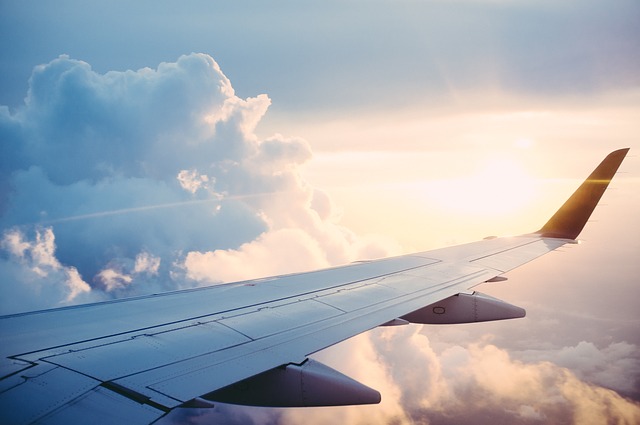This Content Is Only For Subscribers
Who said kiwi can’t fly?
Thanks to the Royal New Zealand Air Force, 19 kiwi were transferred from Cape Sanctuary to their forever-home deep in the heart of the Northern Ruahine Ranges.
Air Component Commander, Air Commodore Andy Scott says it was a unique privilege to help relocate this taonga species to a very hard-to-get-to location.
“You don’t get to fly this kind of cargo every day,” he says. “When Save the Kiwi asked the RNZAF to help transport these kiwi into the Ruahine Ranges, we jumped at the chance. The kiwi is the country’s national icon – we literally have the symbol of the kiwi on the side of our aircraft – so it was a privilege to help the repopulation of this special species in the best way we know how: flying.”
Save the Kiwi CEO Michelle Impey says the involvement of the RNZAF and other organisations was indicative of the collaborative nature of conservation.
“If we want to make a real difference to biodiversity, we all need to work together,” Michelle says. “This release is proof that when lots of people work together, kiwi numbers can flourish. It took a huge amount of collaboration to get to this release day, from the tireless mahi carried out at Cape Sanctuary to create a habitat where kiwi can thrive, through to volunteers working in the Ruahine to create a safe place for future kiwi.”
More than100 breeding pairs of kiwi live at Cape Sanctuary, located at Cape Kidnappers in the Hawke’s Bay. Between them, they have produced an estimated 500-600 juveniles and chicks that call Cape Sanctuary home. As areas in the wild are made kiwi-safe through stringent predator control, Cape Sanctuary works with mana whenua to identify suitable locations for kiwi to be translocated to.
Cape Sanctuary co-founder Liz Lowe says it’s a privilege to help grow the kiwi population.
“It has always been our goal to create a safe place for kiwi to thrive,” Liz says. “Since we began in 2006, Cape Sanctuary has implemented and maintained intensive predator control to create a safe place for kiwi and other endangered taonga. As a result, kiwi populations have been able to flourish here.
“Together with local hapū Ngāti Mihiroa and our partners Save the Kiwi and the Department of Conservation, we are incredibly proud to have reached a level with our kiwi population where we can send them out to supplement other Eastern brown kiwi populations.”
Save the Kiwi recently announced that 25 of the kiwi conservation groups they fund had grown the population of the North Island brown kiwi by 7000 birds between 2019 and 2023. However, one of the taxa of North Island brown kiwi, the Eastern brown, still needs significant help. Difficult terrain makes it hard to carry out large-scale trapping, the use of toxins is contentious in some areas, and more kōhanga are needed to produce kiwi that can be returned to safe wild sites.
“In just a few years, a kōhanga can help create a population of kiwi that may have taken decades – if ever – to occur naturally,” says Michelle. “The success seen at Cape Sanctuary proves once again the value of a kōhanga as a source site of kiwi that can quickly repopulate suitable wild sites.
“We hope this release will open doors for other receiving sites who have done the necessary mahi to return kiwi to their rohe too.”



